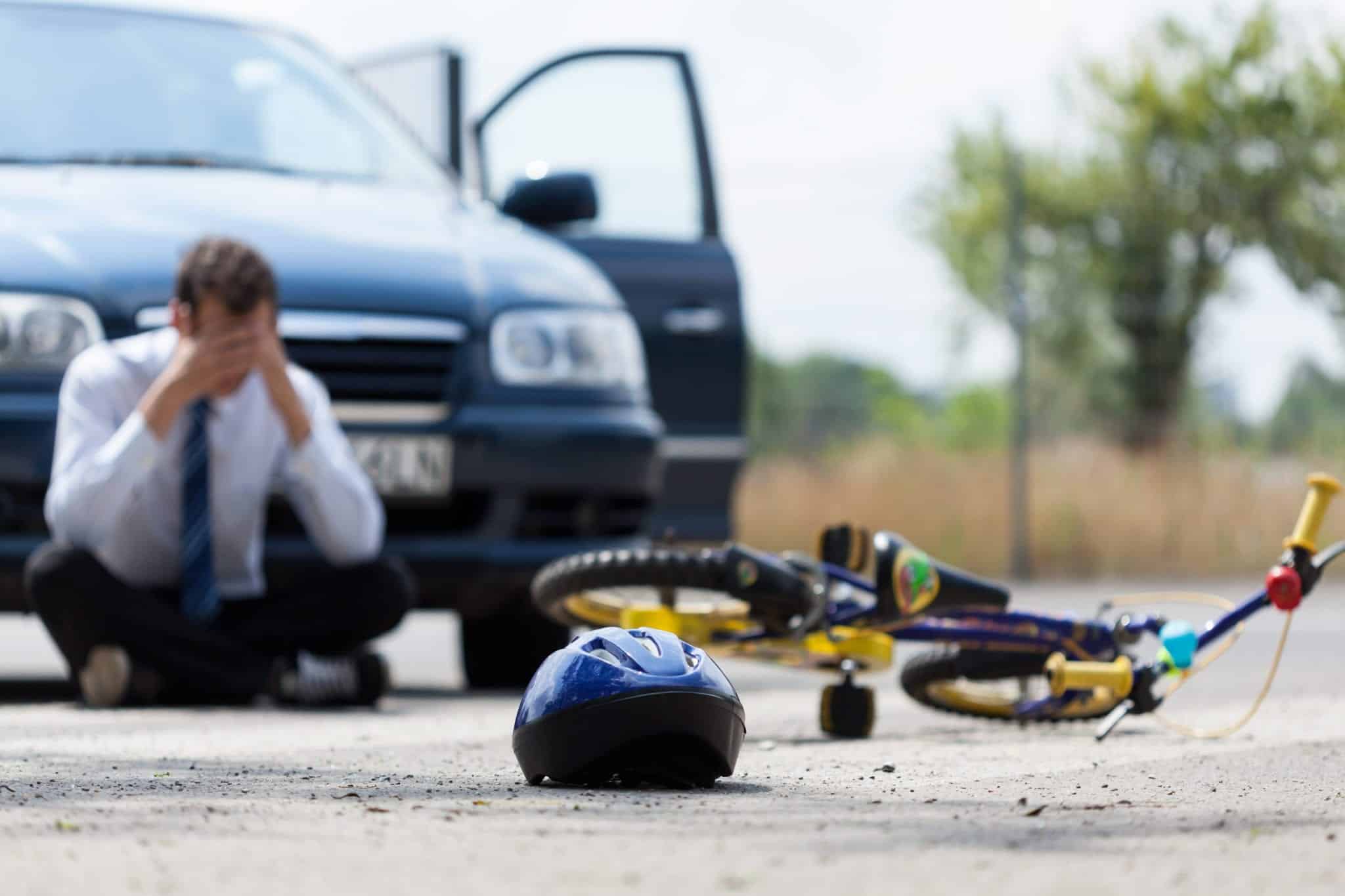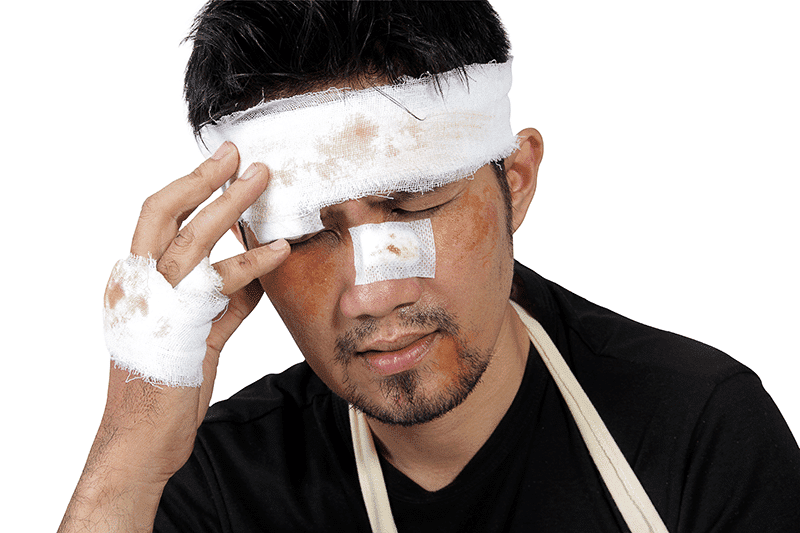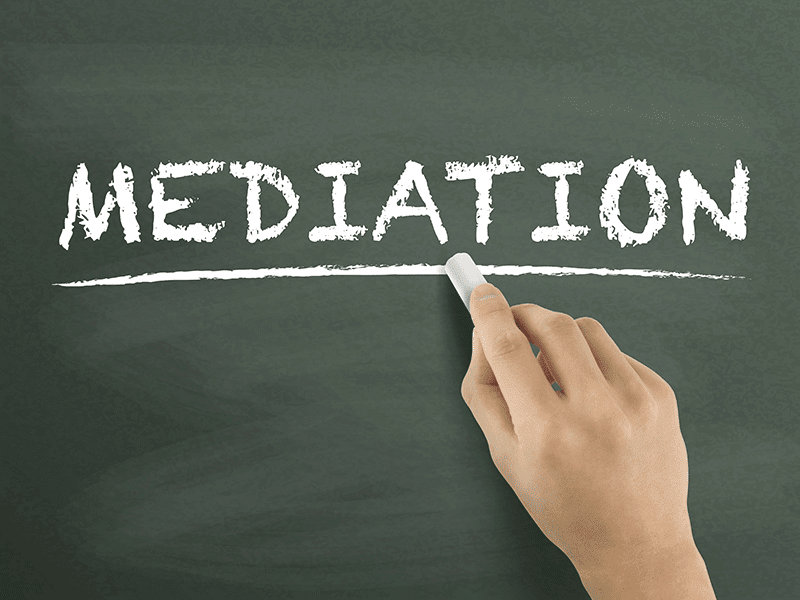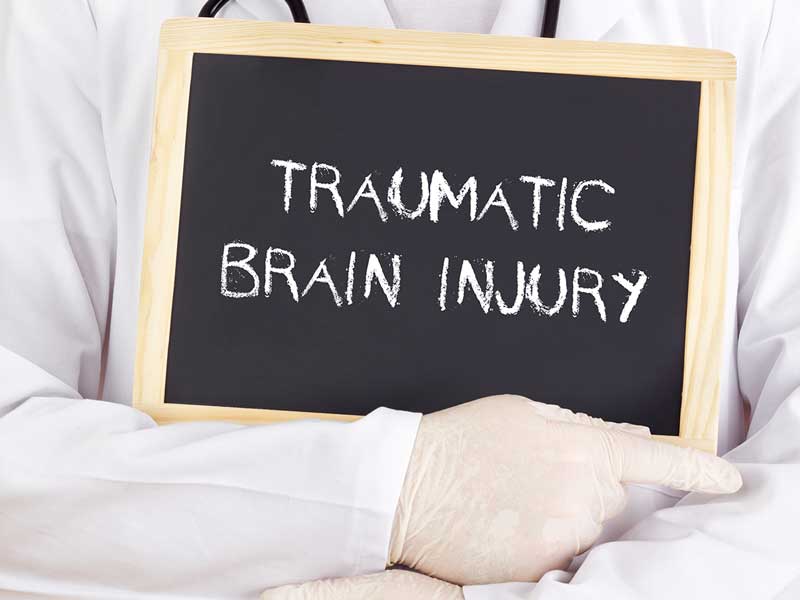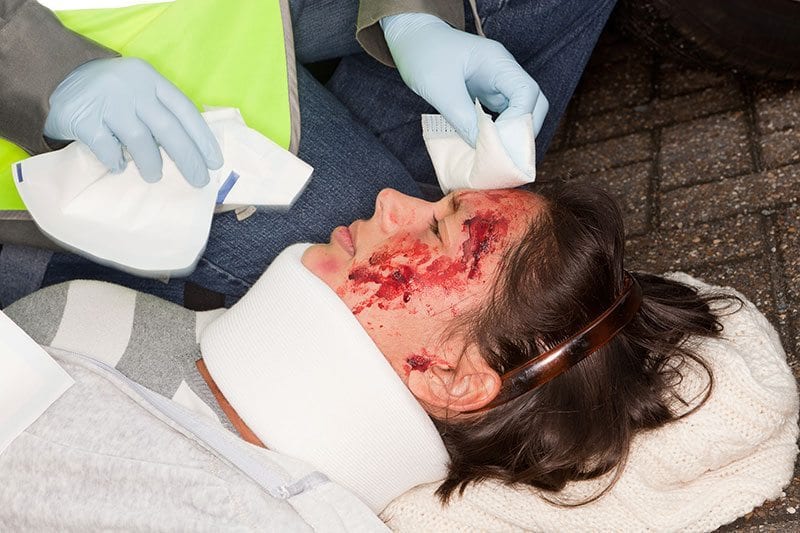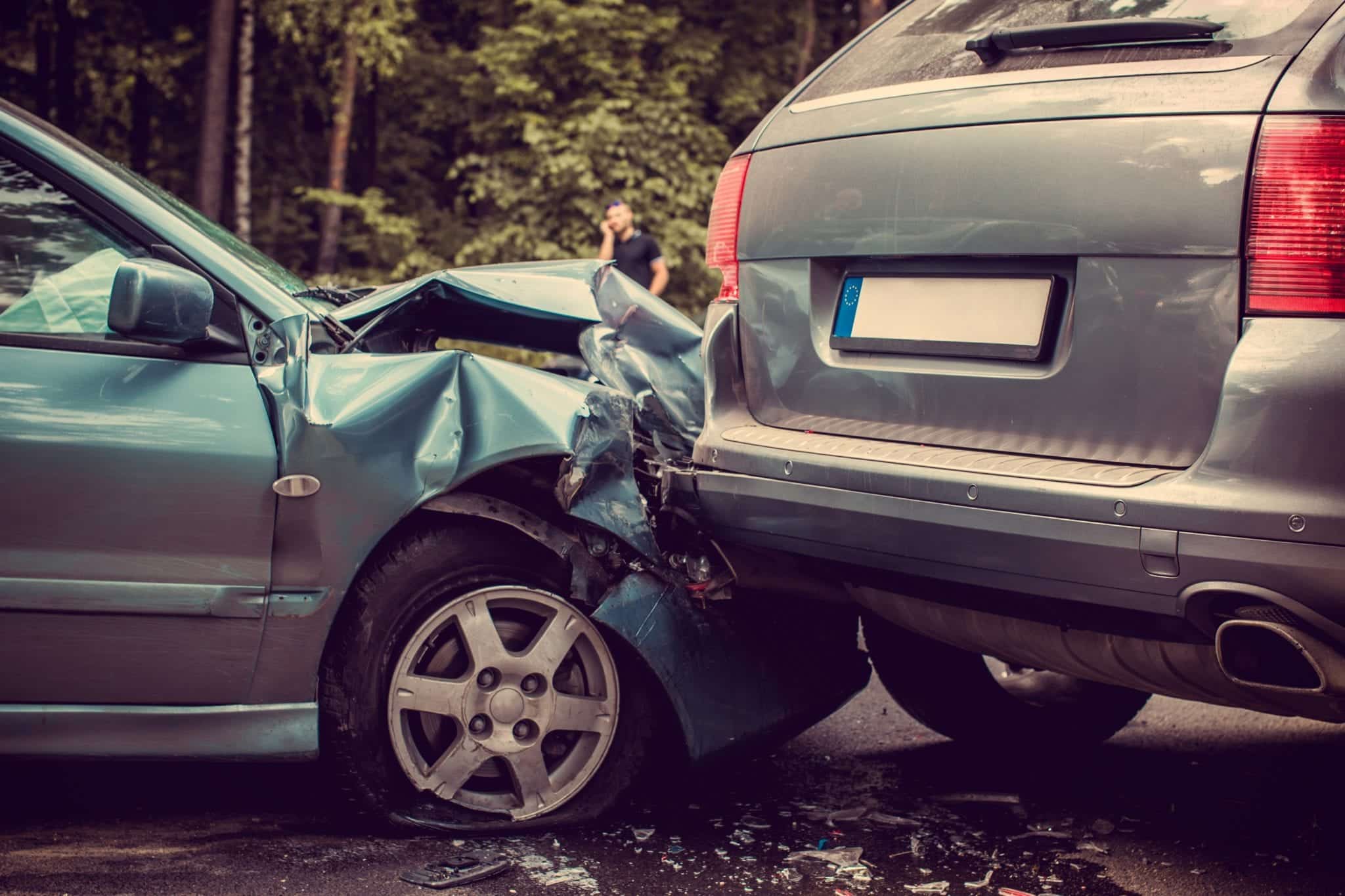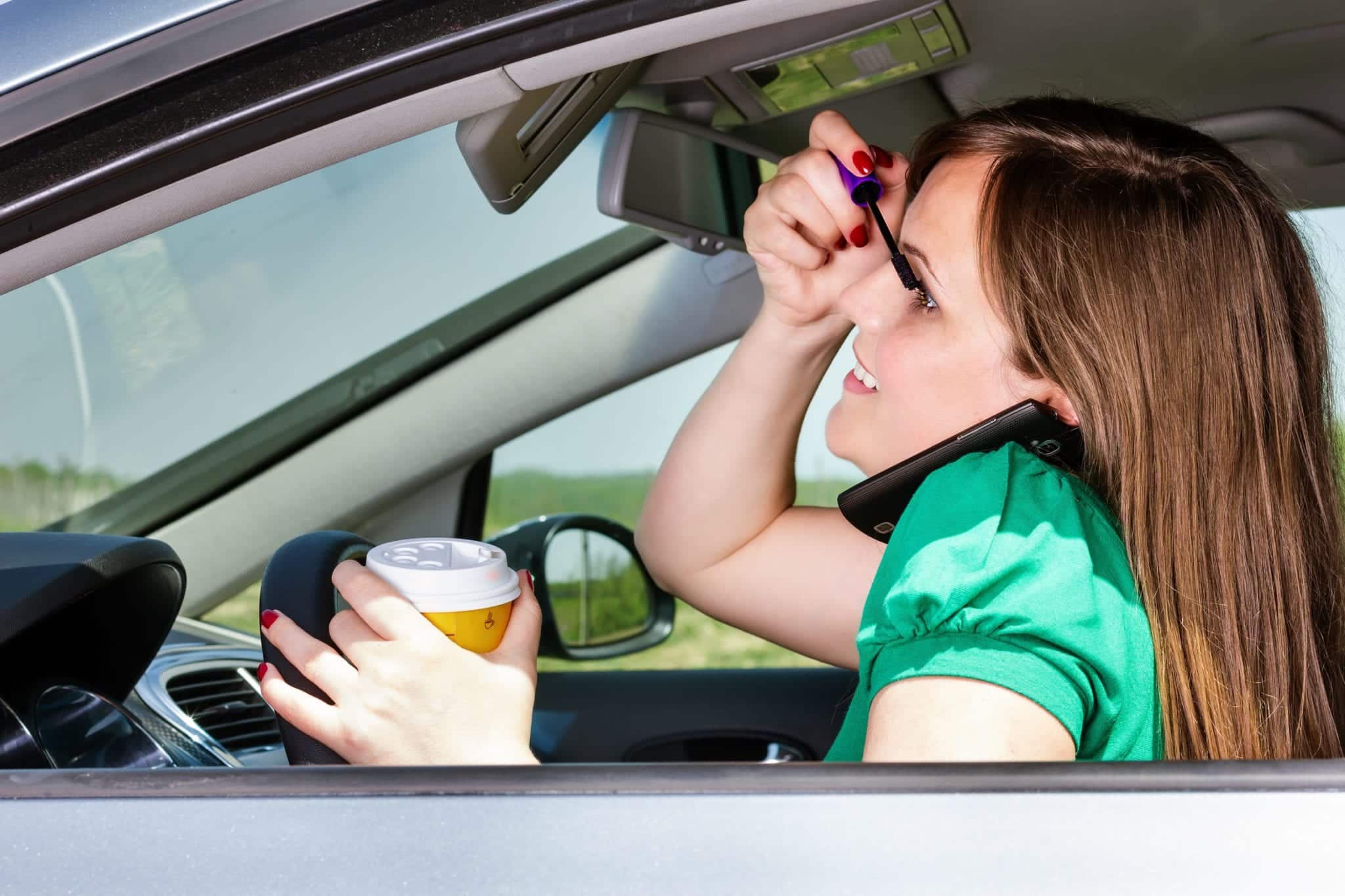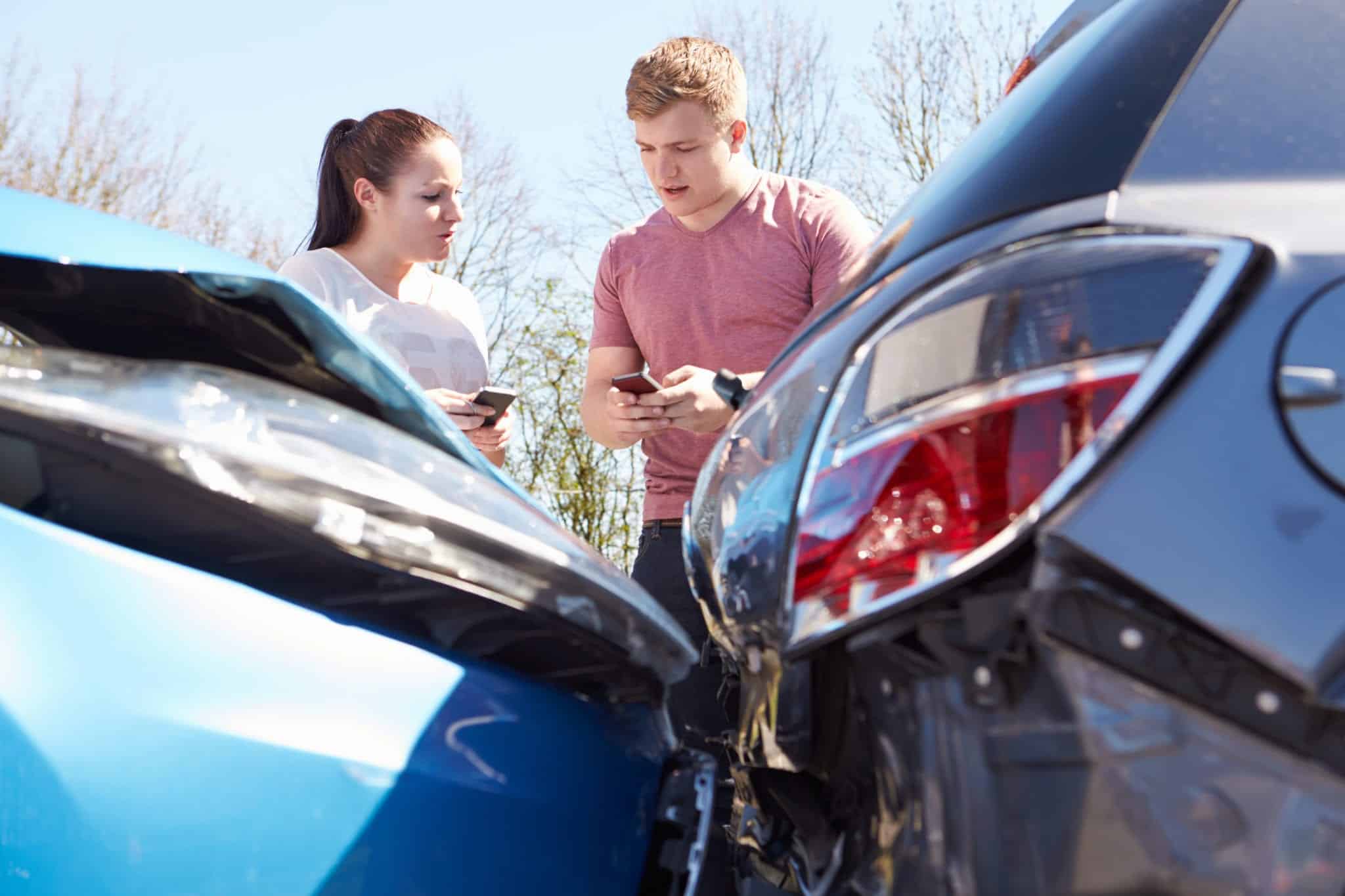Each year in the United States there are hundreds of thousands of accidents between automobiles and bicycles. Because of their vulnerable position, these accidents often have severe consequences for the cyclists involved. It is crucial for both motorists and cyclists to understand their rights and duties under Georgia law.
If you have been injured in a bicycle wreck and someone else was at fault, you need a qualified and experienced bicycle wreck injury attorney to represent you. Williams Elleby Howard & Easter, is dedicated to getting accident victims the compensation they deserve. To discuss your case, contact Williams Elleby Howard & Easter, to schedule a free case evaluation today online or by calling 833-LEGALGA.
Duties of Motorists and Cyclists to Each Other
Motorists and cyclists each have a duty to act with reasonable care while on the road. Drivers, as well as cyclists, must follow the “rules of the road” outlined by Title 40, Chapter 6 of the Georgia Code. If either a cyclist or motorist violates a traffic law, they can be considered at-fault in an accident. In some cases both parties are at-fault, and the issue becomes determining to what degree each party was at fault.
Specific Laws Applying to Cyclists
There are a few specific laws that apply to cyclists in Georgia. These are found in Chapter 6 Article 13 Part 1. Under O.C.G.A. § 40-6-294, “every person operating a bicycle upon a roadway shall ride as near to the right side of the roadway as practicable, except when turning left or avoiding hazards to safe cycling.” This generally means a cyclist must remain in a bike lane or on the shoulder of the road unless they are turning left; however it is important to note that if there is a “hazard to safe cycling” then cyclists are allowed to move into the main lane of traffic temporarily.
Bicycles must only be used by one person at a time, unless it is designed to carry more than one person. When riding at night, bicycles must have a white light in the front and a red light or reflector on the back. Adults are not required to wear helmets when riding a bicycle; however children under the age of 16 are required to wear a helmet. Cyclists should also remember that riding a bicycle while legally intoxicated is illegal.
If You Have Been in a Bicycle Wreck, Contact Williams Elleby Howard & Easter, to Discuss Your Case Today
Bicycle wreck accidents claims, like other types of personal injury claims, can be complex. It is imperative for victims of harm to have qualified and experienced legal counsel on their side. A Kennesaw, Ga personal injury attorney that understands bicycle wreck cases and is familiar with local courts can ensure that your compensation is maximized.
If you have been involved in a bicycle wreck, the qualified bicycle wreck attorneys at Williams Elleby Howard & Easter, can help you understand your rights and get you the compensation you deserve. If you would like more information, Williams Elleby Howard & Easter, is here to help. Call today to schedule your free consultation at 833-LEGALGA.
